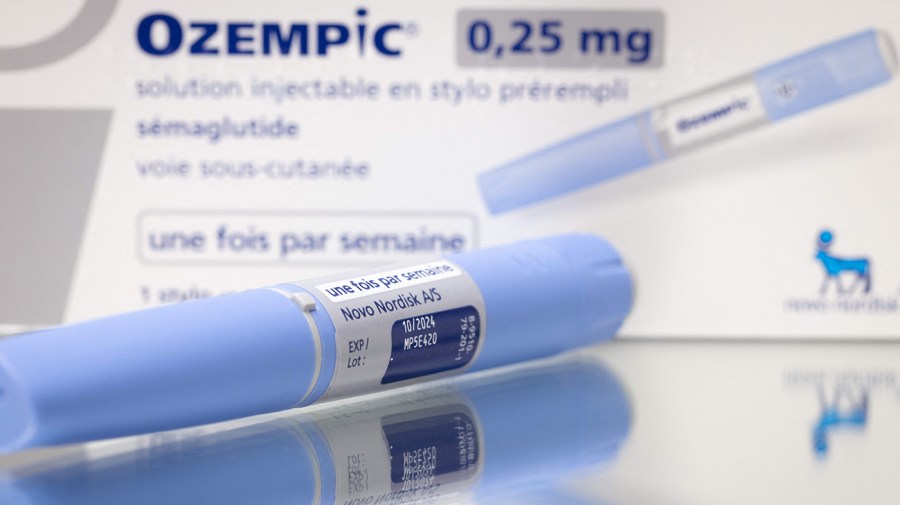A small number of patients taking GLP-1 weight loss medications have experienced loss of vision, but researchers say they have not established a direct link to the drugs.
A new study published in JAMA Opthalmology focused on patients using semaglutide, which is marketed under the brand names Wegovy and Ozempic, and tirzepatide, which is marketed as Mounjaro and Zepbound.
The drugs, originally used to treat diabetes, have soared in popularity after they were found to be effective for weight loss.
Researchers looked at the nine people who had vision problems while using the drugs and is one of several that have documented vision problems while people are taking GLP-1 medications.
Several patients have experienced a condition called nonarteritic anterior ischemic optic neuropathy (NAION), which is a disease of small blood vessels in part of the optic nerve. It happens when there’s not enough blood flowing to the nerves, damaging them and resulting in sudden partial vision loss. The damage is usually permanent.
The recent study looked at nine cases seen by neuro-ophthalmologists, seven of which had NAION-like symptoms. Of the two remaining patients, one had papillitis, which is an inflammation of the optic nerve, and one had paracentral acute middle maculopathy, which cause a blind spot in one’s vision.
The patients were all in their 50s and 60s and had diabetes or obesity along with cardiovascular comorbidity. Those can by themselves cause vision issues.
Researchers say patients shouldn’t randomly stop taking the drugs but doctors should be mindful that these medications are not the only options for controlling diabetes and weight loss.
The authors note that other classes of drugs have been found to cause NAION, including erectile dysfunction and anti-arrhythmia drugs. In some cases, research has led to changes in labeling.
Although reports of vision problems with weight loss drugs are still rare, researchers say there is cause for concern because of how widespread the medications are becoming. A 2024 study found that 12 percent of the U.S. has taken one of these drugs and 6 percent are currently taking them.

